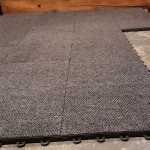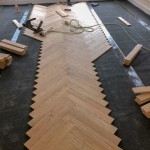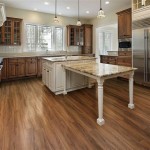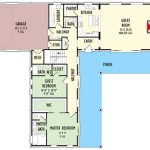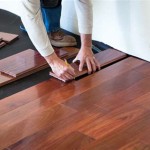Solid V Engineered Wood Flooring: Uncovering the Distinctive Differences
The realm of wood flooring encompasses a diverse array of options, each boasting unique characteristics and applications. Among the most popular and esteemed choices are solid and engineered wood flooring. While both types share the allure of natural wood, they differ significantly in their construction and properties.
Solid wood flooring, as its name implies, is crafted entirely from a single piece of timber. This lends it an unmatched authenticity and timeless beauty. Each plank showcases the inherent grain patterns, knots, and imperfections that are the hallmarks of genuine wood. Solid wood flooring is renowned for its durability and longevity, withstanding heavy foot traffic and the passage of time with grace.
In contrast, engineered wood flooring comprises a multi-layered structure. Its top layer consists of a veneer of real wood, replicating the natural beauty and texture of solid wood. This veneer is bonded to a core of plywood or high-density fiberboard (HDF), which provides stability and resistance to moisture. The bottom layer typically features a balancing backer that enhances the overall strength and dimensional stability of the flooring.
Advantages of Solid Wood Flooring
- Unrivaled authenticity: Solid wood flooring offers a genuine connection to the natural beauty of wood, with each plank showcasing unique characteristics.
- Exceptional durability: Solid wood's inherent density and hardness make it highly resilient to wear and tear, ensuring longevity and enduring beauty.
- Refinishable: Solid wood flooring can be refinished multiple times, restoring its original luster and extending its lifespan.
Advantages of Engineered Wood Flooring
- Dimensional stability: Engineered wood's multi-layered construction renders it exceptionally resistant to moisture and temperature fluctuations, minimizing expansion and contraction.
- Versatile installation: Engineered wood flooring can be installed on a variety of subfloors, including concrete, and can be floated, glued down, or nailed.
- Eco-friendly: Engineered wood flooring utilizes less solid wood, making it a more sustainable option.
- Cost-effective: Compared to solid wood flooring, engineered wood is generally more affordable.
Factors to Consider When Choosing
The choice between solid and engineered wood flooring depends on several factors, including:
- Subfloor condition: Solid wood flooring is not suitable for subfloors with moisture issues, while engineered wood is more forgiving.
- Installation method: The ability to float engineered wood makes it a convenient option for certain installations.
- Budget: Solid wood flooring is typically more expensive than engineered wood.
- Desired aesthetic: Solid wood offers unparalleled authenticity, while engineered wood provides a wider range of finish and design options.
Conclusion
Solid and engineered wood flooring each possess distinct advantages and limitations. Understanding the differences between these two options will empower you to make an informed decision when choosing the best flooring solution for your home or project.

Solid Vs Engineered Hardwood Which Is Better

Solid Hardwood Flooring Vs Engineered Honest Review

Solid Vs Engineered Quality Hardwoods Superior Design Palo Duro

Solid Vs Engineered Hardwood Flooring Olde Wood Ltd

Engineered Wood Flooring Vs Solid Hardwood

Engineered Vs Solid Wood Floor Central

Engineered Wood And How It Differs From Solid

The Difference Between Solid And Engineered Hardwood Flooring Westchester Ny Eagle Llc

Which Is More Better For Solid Or Engineered Wood Flooring
Solid Versus Engineered Floors Ken Spears Construction

